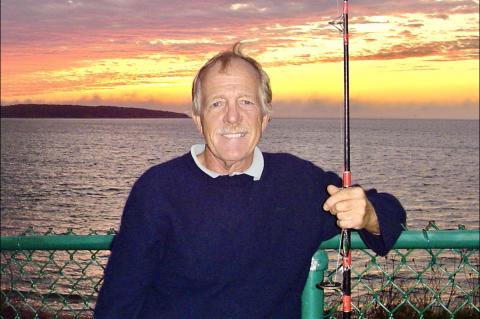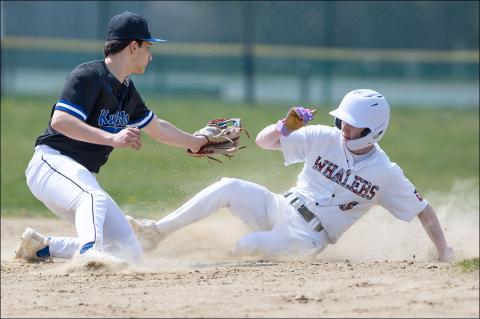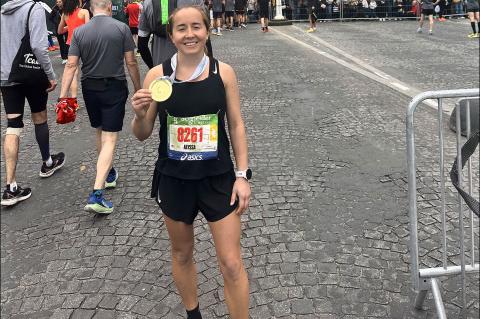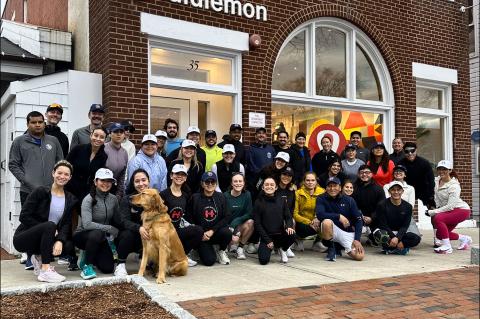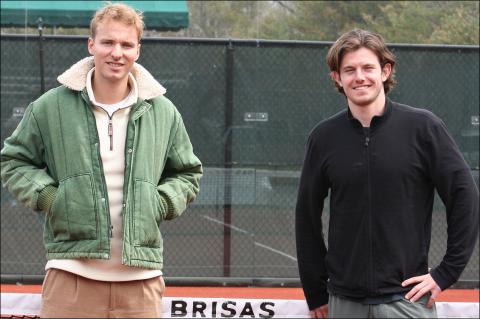Sama Azadi, a 29-year-old Iranian-born figure-skating instructor at the Buckskill Winter Club in East Hampton said on her arrival in the lodge room there one recent Saturday morning that her first name “means sky and the second one means freedom.”
She came to this country a week before her 21st birthday, in August of 2016, to further her career in landscape architecture, and to grow in the sport she loves. As for the two countries: “We have better public transportation, we have better health insurance, we have brilliant doctors . . . but we don’t have access to everything, as you do here. That’s the big difference between the countries. You have much more freedom and resources. It’s endless . . . anything you can think of.”
As regards figure skating, “I didn’t begin until I was 20,” the dark-haired, brown-eyed young woman said. “After the government changed, there were no artistic sports, no figure skating, no gymnastics, no dance. . . . They were completely shelved. We had no national ballet company, no nothing. So, when I first skated, in a rink in a basement underneath a building complex — a rink probably as big as this room — I said, ‘Wow!’ I never thought I would. Learning to go around was beautiful. It was for me something out of a fairy tale. I wanted that feeling, and I found it on the ice.”
She knew of figure skating as a kid — it could be seen at times on cable television, but not on regular TV — and loved it, but, until she turned 20, she had loved it from afar. “I picked it up pretty quickly — I’d been on inline roller skates a few times, so I knew about balancing and being comfortable while gliding. . . . We paid by the hour, and at the beginning of the hour, for five or 10 minutes, a coach would help you get around, in a group, and then you were on your own. I fell in love with it from the beginning, and I never stopped after that,” she said with a smile.
Azadi was more studious than athletic when growing up. “Soccer, basketball, volleyball, track, badminton, Ping-Pong, I didn’t do any of those things. I had friends who did them, but I didn’t. Yes, I was bookish. But I always loved dancing — there was underground dancing there — but with skating it was love at first sight . . . glide!”
“I didn’t think I’d ever be able to do it. Actually, I never thought I would be able to do the things that I can do. . . . I came to this country alone. I went to grad school at Cornell, where I skated with a figure-skating team, and then I lived in the city for a year and a half before moving out here. . . . What makes me exceptional is that I made it happen — none of my friends from back home continued skating. I wanted more. You need dedication, you need to be stubborn. That’s my secret weapon. You have to trust in yourself. You have to not give up — that’s it.”
Asked if she could, for instance, do a triple axel, Azadi laughed. “That’s the question everyone asks. Do you know that the number of skaters who do triple axels you can count on your fingers?”
Anyway, she was rehabbing an anterior cruciate ligament tear now, working to get back into competitive freestyle form. “I don’t compete in what you see up there,” she said, pointing to the national figure skating championships that were on the television over Buckskill’s large wood-burning stone fireplace. “I was competing in adult track figure skating — in New York City, in New Jersey, in Boston — before I hurt my knee. The biggest competition was for all of the Northeast, in Florida. I got a silver there.”
To get back into competitive shape, she’s been “stretching, going to the gym, taking advantage of everything I can. . . . I will be older than you and still skating!”
At Buckskill, Azadi has largely been working with the little ones, 2-year-olds and up, whom she has found to be “amazing. . . . 2-year-olds need a lot more help, at 3 they can stand up. The most common ages I teach are 4 and 5-year-olds. They get really excited, they giggle when they fall — they’re easy. What makes it difficult for adults is their fear. Children you can distract, you can make a game out of it and work through their fear. It’s harder with adults. Fear is more ingrained, and adults can resist you. But the upside with adults is that you can really explain things. I’ve taught both, but mainly children.”
“She’s the best,” a young figure skater’s mother said of Azadi as she passed by.
“I like seeing them grow,” Azadi continued. “I love skating so much. There’s nothing like the excitement of a kid learning something that’s new and fun and challenging. With kids you can celebrate the smallest win, the smallest progression — it’s like fireworks!”


